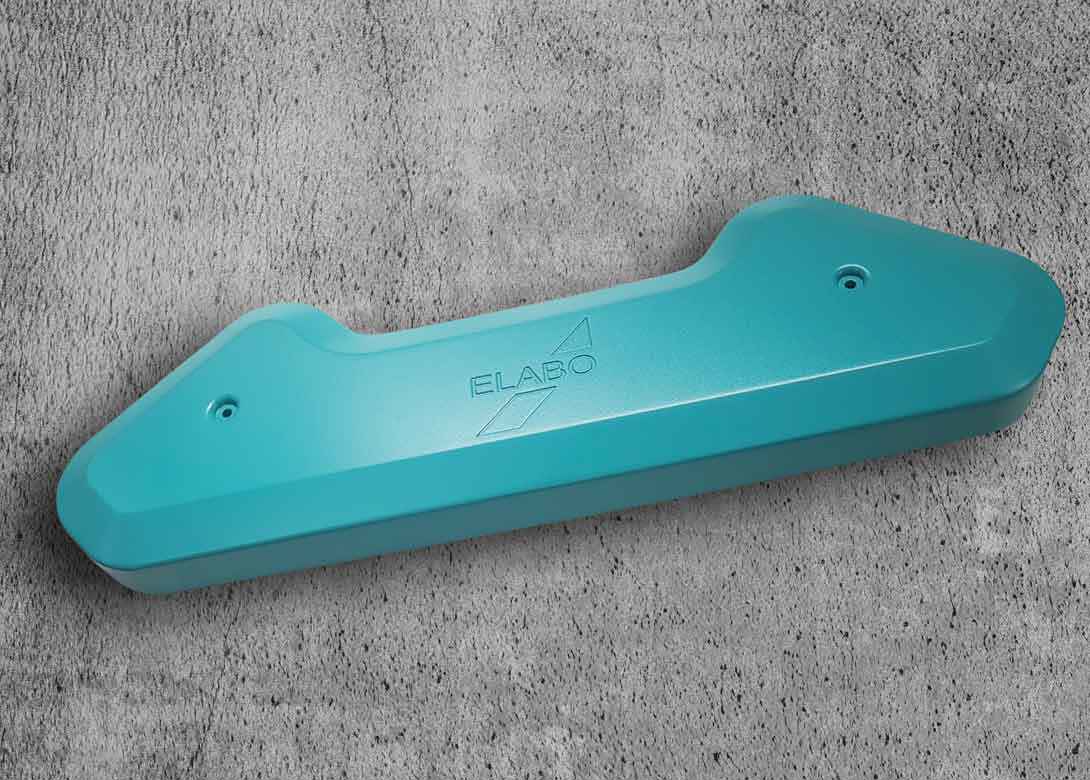
Würth Industrie Service is able to offer a wide range of the most diverse technologies, including additive manufacturing processes – specifically geared towards machinery and plant engineering.
Additive manufacturing, which is much better known as 3D printing, has been in use with plastic engineering for many years. However, the method offers potential for many further applications including architecture, design, medical engineering, packaging or mechanical engineering.
By offering additive manufacturing, Würth Industrie Service is able to offer initial samples, prototypes, certified serial parts, spare parts and tools – all from a single source from batch size one. Making it a quick and cost-efficient supply process, not just for C-parts.
Be it large or small items, spare parts, small series or fully-fledged mass production, additive manufacturing gives customers maximum freedom for the development and implementation of products, which also goes for the materials used for industry components.
Ranging from robust, rubbery or transparent plastics to aluminium, stainless steel, tool steel, high temperature resistant steel or titanium, the most suitable solution for the respective application or component of a customer – in production, materials planning, maintenance, construction and development – is chosen. These different materials can be prepared using various technologies such as laser melting, laser sintering, stereolithography, metal 3D printing or PolyJet printing.
Thanks to additive manufacturing, customers cannot only reduce lead times, development cycles and total component costs, but also improve the component’s performance, weight and – opening up new perspectives in regards to the geometry of developed parts. An innovative building component design allows combining different functions in one part. Additive manufacturing provides a new range of design options, including any desired shape and surface quality, integrated channels for process media and a reduced number of assembly steps. In addition, these manufacturing methods result in shorter delivery times and an elimination of minimum purchasing quantities.
In order to make full use of the opportunities offered by additive manufacturing, 3D printing specialists from Würth Industrie Service develop the respective components in cooperation with customers, following a predefined process and relying on state of the art construction methods. Virtual 3D models are prepared using CAD. Thanks to the digital ‘twin’ of the component, all process steps along the way to the finished product can be traced, which allows an optimisation of component features and a full documentation. Data models are then translated into machine data and printed. The additive component is created layer by layer.
When it comes to compliance with technical requirements, the highest quality standards and a consistent, efficient process are the key to success. In order to guarantee the component’s quality, Würth Industrie Service operates a fully equipped test laboratory currently accredited for 50 test methods according to DIN EN ISO/IEC 17025. Thanks to the available product and testing know-how, all components created in an additive manufacturing process can be tested for the below parameters to ensure the desired quality – mechanical strain, geometric shape, surface and material features.


Biog
Having spent a decade in the fastener industry experiencing every facet – from steel mills, fastener manufacturers, wholesalers, distributors, as well as machinery builders and plating + coating companies, Claire has developed an in-depth knowledge of all things fasteners.
Alongside visiting numerous companies, exhibitions and conferences around the world, Claire has also interviewed high profile figures – focusing on key topics impacting the sector and making sure readers stay up to date with the latest developments within the industry.






